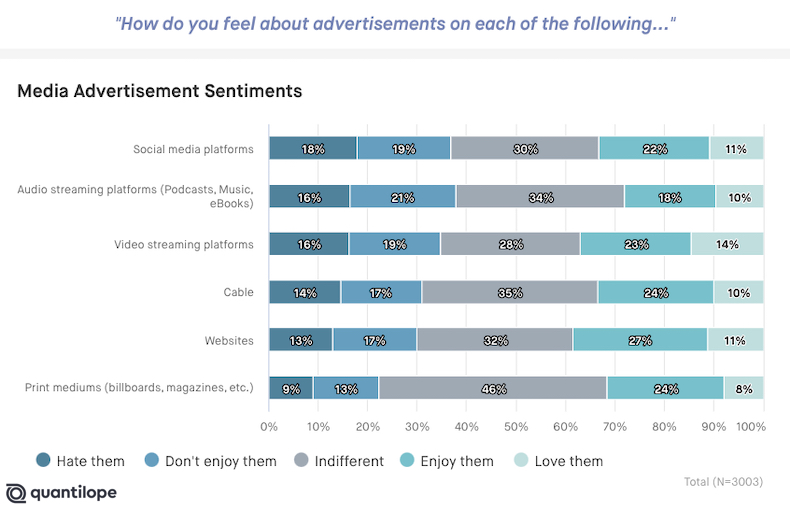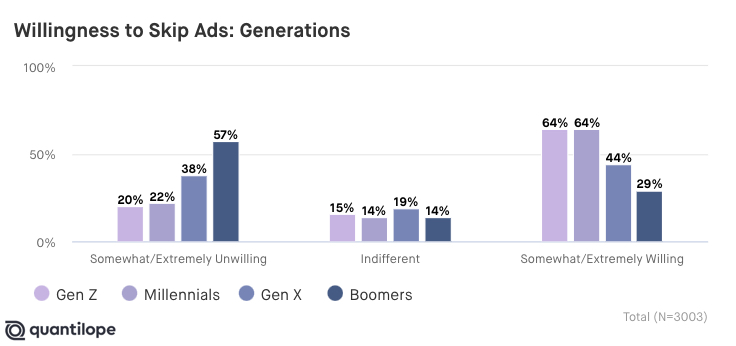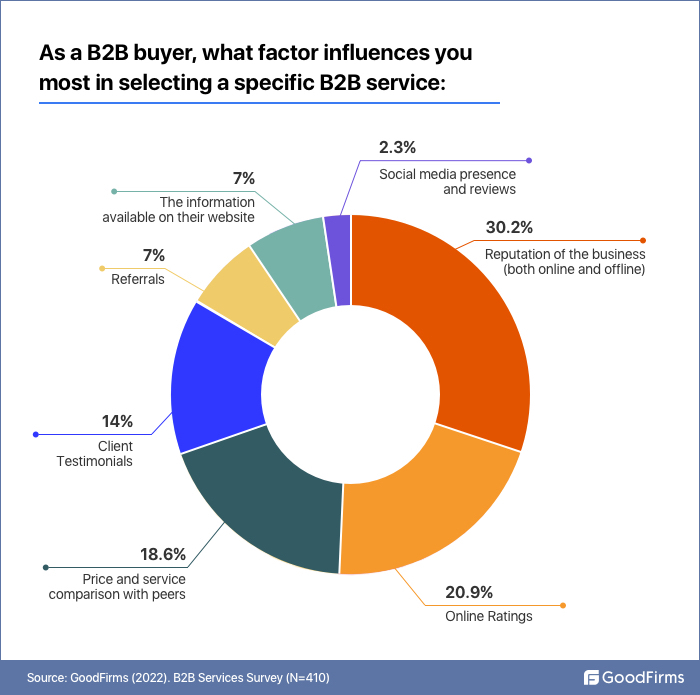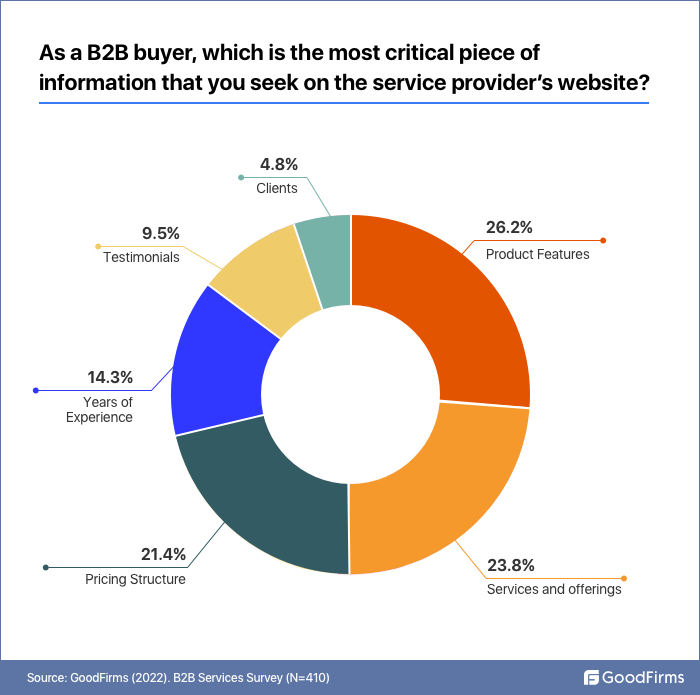Two-thirds of employees prefer hybrid work
“People have had a reckoning with what work-life balance means to them and they’re coming into their workplace environments with a stronger sense of what they’re entitled to,” Zadow says. “They want control in terms of how they get their work done, which has disrupted HR policies and made it more challenging for HR leaders. That’s why it’s vital to re-ground HR policies with the idea of some level of personalization and flexibility, and then build from that starting point in a way that HR leaders haven’t previously been instructed.”
It's not just HR that needs to adapt – all company leaders need to reconfigure their expectations and be willing to accommodate employees’ needs.
Let’s face it, climbing up the company ladder requires an entirely different approach these days. A boss walking through the office, stopping by their subordinate’s cubicle and patting them on the back for a job well done is old-school. Now that hybrid work is all the rage, that type of interaction, as well as the perception that a model employee is in the office from 9-to-5, is as antiquated as the fax machine.
“Leaders have to realize what got them to their leadership role won’t be the thing that gets the next generation of people to their leadership role,” Zadow says. “They must adjust their management style and methods of engagement to help others rise up to their full potential.”
Five Predictions For The Workplace Of The Future
In predicting the future of work or the future in general, we are extrapolating based on what we know now. We typically ignore the other, not-so-prescient predictions when pundits make enough guesses and occasionally one hits the mark, describing these individuals as being prescient. Since we all have imperfect memories, I am not discouraged from making my own predictions about the future of work, even if some do not pan out.
Here’s what I know to be true of the future—it’s fickle. Black or white swan events can alter, reverse or halt any predictions. I liken it to the odds placed when one bets; the longer the odds the less likely you’ll win the bet. The same holds true for predicting the future. The further out into the future your guesses take you, the longer your odds of being right. But, never say never.
My predictions about the workplace are based not solely on trends, although they inform my view, but rather on our stage of life and generational dispositions. I am of the view they both influence our decisions as to how we will organize ourselves in the workplace of the near and not-so-near future. I’ve come up with five themes. Some of them are based on our extended longevity, others our changing demographics, and the rest, our generational dispositions.
Read the original article from ChiefExecutive.net
Most CFOs geared up to freeze hiring, survey finds
Dive Brief:
- More than eight out of 10 CFOs (83%) have enacted a hiring freeze or will do so soon, while most of the remaining 17% have not ruled out a future halt to hiring, acccording to a report from Dallas-based OneSource Virtual (OSV), a payroll, HR and finance services company, based on a survey of 100 top financial executives.
- At the same time, nearly one-third of respondents described their teams as “understaffed,” with the planned layoffs and short staffing highlighting a challenge many companies will be facing as “they’re heading into a potential recession with fewer employees than they would like,” the report states.
- The signs of a cooling when it comes to hiring contrasts with other indications of overheating in the U.S. labor market. The findings may partly reflect the heavy concentration of high tech companies represented in the survey, a sector that has recently reported a large number of layoffs and hiring freezes, OSV’s Chief Revenue Officer Courtny Cloeter said in an interview.
Dive Insight:
As the economy shows signs of slowing, many CFOs are bracing for a slowdown, with 70% of small businesses surveyed in separate study indicating they expect to see a recession within the next six months, CFO Dive reported.
Data suggests that disruption persists from the red-hot labor market and wage pressures. Layoffs in September declined and job openings increased 437,000 to 10.7 million, far exceeding the 5.8 million people seeking employment, the Labor Department said.
Read the original article from CFO DIve
4 Key Advantages of Outsourcing Your IT Department
Outsourcing refers to the process of hiring a third-party company to manage all or part of your business’s IT functions. If you've been thinking about outsourcing your IT department, there are certain key advantages to consider.
1. You get to save money
In any company, the IT department is usually one of the most expensive departments to maintain. This is because you have to purchase and constantly update hardware, software, and licenses. Not to mention, you need to pay your in-house IT team's salaries and benefits. When you outsource your IT, all of these costs become someone else's responsibility.
Firstly, a good IT outsourcing company will have the latest and most up-to-date hardware and software. They will also be able to get better deals on licenses because they purchase in bulk. Furthermore, you don't have to worry about the cost of training your staff or hiring new ones – the IT outsourcing company will take care of all that, and as a result, you will be able to save a lot of money.
2. You get to focus on your core business and boost your peace of mind
When you outsource your IT department, you will be able to free up a lot of time and resources that can be better spent on other areas of your business. This is because you won't have to worry about managing and maintaining your IT systems – that will all be taken care of by the outsourcing company. By freeing up your time and resources, you will be able to focus on your core business functions and goals. This can help you to grow your business and achieve even more success.
When you do this, you can also be confident that all your IT needs are being taken care of by experts. This means that you won't have to worry about things like system downtime or data breaches. In addition, the company you hire will be responsible for keeping your systems up-to-date and compliant with all the latest industry regulations.
3. You get to benefit from expert knowledge
When you outsource your IT department, you will have access to a team of highly skilled and experienced professionals. These experts will be able to provide you with the latest information and advice on all things related to IT. They can also help you to implement new technologies in your business, and ensure that your systems are always running smoothly.
For instance, in the event of a system failure, the IT solutions company you hire will be able to quickly and efficiently resolve the issue. This is because they will have the necessary skills and knowledge to identify and fix the problem. In addition, if you need to implement a new software application or system, the company can provide you with all the support you need to ensure that it is successfully installed and running smoothly.
4. You get to improve your customer service
One of the main advantages of outsourcing your IT department is that it can help you to improve your customer service. This is because when you outsource, you will have more time to focus on providing a high level of customer service. In addition, the company you hire will be responsible for ensuring that all your IT systems are running smoothly. This means that your customers will not have to deal with any issues related to IT, and they will always be able to reach you when they need to.
When you outsource your IT department, you can be sure that your customers will always receive the best possible service. This is because the company you hire will be focused on providing a high level of customer service. In addition, they will be responsible for ensuring that all your IT systems are running smoothly.
Conclusion
There are many other advantages to outsourcing your IT departments, such as increased flexibility, scalability, and improved customer service. However, these are just some of the key advantages that you should keep in mind if you're considering outsourcing your IT. With so many benefits on offer, it's no wonder that more and more businesses are choosing to outsource their IT needs. So, if you're looking for a way to improve your business, outsourcing your IT department could be the perfect solution.
Get Better Decision-Making With The I-Wish-I-Knew Tool
The first step of making any sort of good decision is to ask ourselves one straightforward but extremely powerful question: What do I wish I knew to make the best decision possible? IWIK, as we’ll henceforth refer to the formula “I wish I knew,” has a particular goal: to identify the core fundamental issue that needs to be solved. IWIK accelerates your team’s thinking to establish awareness of what you know and what knowledge is necessary to make an informed decision. By focusing on what matters, IWIK speeds up the decision-making process.
Agile decision-making is grounded in how you think, not how hard you work. Either through repetition or observation, we have all developed habits that undermine our ability to solve a problem. We jump into solution mode, accepting what is asked of us at face value, often confusing activity with impact. In our rush toward a solution, we neglect to frame the problem. We need to understand this crucial insight: The quality of your decision is directly proportional to the effort invested in framing the problem. The frame enables you to narrow what you need to solve.
IWIK is a tool—a thinking technique, if you will—that’s designed to help you frame the problem. It clarifies priorities, uncovers the essential information needed, quickly identifies knowledge gaps, defines assumptions, and reveals biases that might threaten to influence, slow, or shape a decision. So how does it work? Let’s assume you work at a large company and are challenged to grow your
Read the original article from ChiefExecutive.net
In The New World Of Work, Create The Flexibility That Suits Your Business
Flexible work is here to stay in many industries. Yet, research suggests most senior executives have yet to embrace a flexible mindset toward the new world of work.
A survey published earlier this year by the University of Oxford and global consulting firm Protiviti, a Robert Half subsidiary, found that 70% of business leaders expect their companies will be embracing a hybrid working model in 2032. However, in that same survey, 57% of business leaders said they’ll mandate how, when and where employees will work in 2032.
Meanwhile, in a recent McKinsey survey, 87% of employed people in the U.S. said they’d take the opportunity to work flexibly if their employers gave them that option. And according to a Pew Research Center survey, 60% of workers with jobs that can be done remotely said they’d like to work from home all or most of the time for the long term—up from 54% in 2020.
Given that millions of workers want to work remotely, why are so many executives looking to take a hard line on flexible work? Here are three factors driving this thinking, along with counterpoints for business leaders to weigh:
1. Productivity concerns
This is a natural worry for executives. However, consider this: U.S. productivity in the decade following the Great Recession grew at a slower pace than in any other decade since World War II, according to the World Economic Forum (WEF). But during the pandemic, productivity has soared, and WEF attributes that trend to “an upsurge of efficiency in work-from-home
Read the original article from ChiefExecutive.net
3 Strategies to Earn Consumer Trust in Email Marketing
Research shows that most Americans are troubled by companies’ usage of their personal data. Perhaps paradoxically, however, consumers also prefer personalized marketing — which requires data. The author suggests three strategies for brands to use in email marketing to personalize messaging while earning and maintaining consumer trust: 1) Make your privacy and opt-in policies clear, 2) Optimize for humans, and 3) Create, test, learn, repeat.
Seventy-nine percent of Americans are troubled by companies’ usage of their personal data. In fact, 62% of Americans are so cynical about the state of data privacy in this country that they consider it impossible to move through everyday life without having their data collected and used.
To be sure, their anxiety is not unfounded. Last year alone, 4,145 publicly disclosed privacy breaches compromised more than 22 billion records. And increasingly, company leaders are being held to account for breaches: Under the GDPR, the EU’s data protection regulation, authorities can impose fines of up to €20 million (roughly $20,372,000), or 4% of worldwide turnover for the preceding financial year — whichever is higher. In October, a UK construction company received a €4.4 million fine following a 2020 phishing attack that compromised the personal data of up to 113,000 people.
One might think that stories such as these would deter consumers from sharing personal information with brands. Yet in a paradoxical turn of events, consumers also demand highly personalized marketing messages — and above all else, personalization requires data.
Love, Hate, or Indifferent? How People Feel About 6 Common Ad Formats
People are less likely to say they hate or dislike ads in print media compared with other channels, according to recent research from Quantilope.
The report was based on data from a survey conducted in August 2022 among 3,003 people in Germany, the United Kingdom, and the United States. As part of the survey, respondents were asked about their attitudes towards ads in six common formats/channels: social media, audio streaming, video streaming, cable television, websites, and print.
More than a quarter people say they are indifferent to ads across all six channels.
Respondents are least likely to say they hate or dislike ads in print media and are most likely to say they hate or dislike ads in audio streaming (podcasts, music, etc.). Print also has the greatest share of people (46%) who say they are indifferent to ads on the medium.

When asked if they are willing to pay for a premium subscription in order to skip ads, younger generations (Gen Z and millennials) are much more likely to say they are somewhat/extremely willing compared with Gen X and baby boomers.

Willingness to pay for a premium subscription in order to skip ads also varies among countries, with people in the US more likely to say they're somewhat/extremely willing compared with people in Germany and the UK.
Read the original article from Marketing Prof
The Factors That Most Influence Buyers of B2B Services
B2B service buyers cite a vendor's reputation, online reviews, and pricing/service as the factors that most influence their purchasing decisions, according to recent research from GoodFirms.
The report was based on data from a survey conducted in August 2022 among 410 B2B professionals (B2B buyers, B2B sellers, and B2B experts) worldwide.
When asked "What factor influences you most in selecting a specific B2B service?", some 30% of buyers cite vendor reputation, 21% cite online reviews, and 19% cite pricing and service relative to peers.

B2B buyers say the most critical pieces of information on a vendor's website are product features, services/offerings, and pricing.

B2B buyers say email is the channel they prefer most for communicating with sellers (72% cite as a channel they like).

About the research: The report was based on data from a survey conducted in August 2022 among 410 B2B professionals (B2B buyers, B2B sellers, and B2B experts) worldwide.
Supply chain issues not over yet
SAP SE has released a new survey that finds senior business decision-makers expect the unprecedented supply chain issues and disruptions that U.S. companies have been grappling with for years are not over yet.
More than half (52%) of those surveyed think their supply chain still needs much improvement and nearly half (49%) expect current supply chain issues to last through the end of 2022. One in three says the issues will last until the end of summer 2023.
Findings are based on a survey conducted in late August and early September 2022 of 400 U.S.-based senior decision-makers in logistics and supply chain strategy across small, medium and large businesses.Here’s what they had to say.
The impact of global unrest
Global political unrest is the main factor causing current supply chain issues. Business leaders say their current supply chain issues primarily stem from global political unrest (58%), lack of raw materials (44%) and rising fuel and energy costs (40%). Only 31% cited inflation as a major contributor.
Looking ahead, the top three supply chain disruptions business leaders expect in 2023 are:
•Reduced availability of raw materials in the United States (50%)
•A slowdown in construction of new homes (44%)
•Disruption to public transport due to lack of drivers (44%)
Cost remains an issue
Cost remains an issue as companies catch up on lost revenue from the pandemic. Companies weren’t prepared for the drastic changes in consumer buying behaviors during the pandemic and felt the financial strain as a result.









